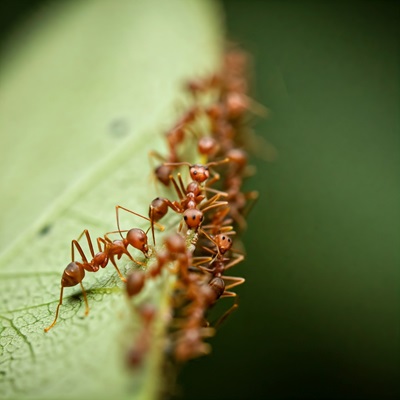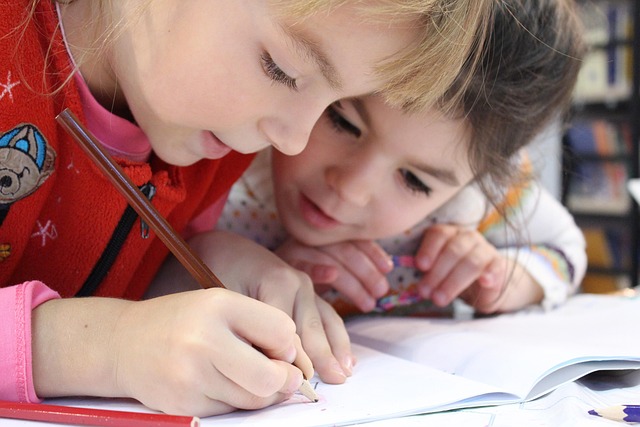General Characteristics of Animal Societies

An animal society refers to a group of individuals of the same species that live and interact in a cooperative and organized manner to achieve shared goals. These societies exhibit a wide spectrum of structures and complexities, depending on the species and environmental needs. Some animal societies are relatively simple, consisting of small family units where parents care for their offspring, such as in many bird and mammal species. Others are far more intricate, involving large groups with well-defined roles, hierarchies, and cooperative behaviors, as seen in ants, bees, and primates.
In these societies, members work together to fulfill essential tasks such as foraging, defending the group, rearing young, and building shelters. The level of organization often reflects the survival strategies of the species, with more complex societies often displaying advanced communication systems, division of labor, and interdependence among members. Such cooperation enhances the group’s ability to adapt to challenges, improve resource efficiency, and ensure the survival of both individuals and the entire society.
Here we will discus about the characteristics of animal societies.
1. Organized Structure
Societies are built around an organized framework where individuals or groups work together under a defined system of roles, norms, and hierarchies.
- Defined Roles: Each member has a specific function, whether as a leader, worker, caregiver, or protector. This clarity of roles minimizes conflict and ensures smooth functioning.
- Rules and Norms: Societies operate on a shared set of rules and norms that guide behavior, promoting order and harmony. These could be informal (customs and traditions) or formal (laws and regulations).
- Hierarchical System: In many societies, a hierarchy determines authority and decision-making. This hierarchy ensures accountability and the efficient allocation of resources and responsibilities.
- Stability and Growth: An organized structure provides the foundation for stability and fosters development by ensuring that resources and tasks are effectively managed.
2. Cooperation
Cooperation is the backbone of societies, as it enables members to achieve common goals that would be unattainable individually.
- Collective Goals: Members work together for the benefit of the group, such as securing food, building shelters, or ensuring security.
- Conflict Resolution: Cooperation includes mechanisms to resolve conflicts, ensuring that disagreements do not disrupt societal harmony.
- Support Systems: Cooperative societies often create support networks where individuals can rely on others during difficult times, such as illness, disasters, or resource shortages.
3. Division of Labor
Division of labor is a hallmark of societal organization, where tasks are distributed based on skills, age, gender, or capabilities.
- Efficiency: By dividing tasks, societies ensure that work is completed more efficiently and effectively. For example, in human societies, some individuals may farm, others build, and others educate.
- Specialization: Specialization leads to greater expertise and innovation as individuals focus on specific tasks, improving productivity.
- Collaboration Across Roles: Division of labor fosters interdependence, as individuals rely on others to complete tasks that they cannot do themselves. This encourages teamwork and unity.
4. Communication
Effective communication is essential for the functioning and survival of any society.
- Sharing Information: Societies rely on communication to share knowledge, warnings, and instructions. This can include spoken language, signals, or written records.
- Coordination: Communication enables members to coordinate their actions, ensuring that collective efforts are synchronized. For example, in human societies, meetings, and announcements play a crucial role in coordination.
- Expression of Needs and Emotions: Communication allows individuals to express their needs, feelings, and ideas, strengthening relationships and mutual understanding within the group.
- Adaptation and Innovation: Through communication, societies can learn from experiences, adapt to changes, and develop new strategies to overcome challenges.
5. Interdependence
Societal members rely on one another to meet their needs and achieve collective success.
- Resource Sharing: Members of a society pool resources such as food, water, or shelter to ensure that all members survive and thrive.
- Safety and Protection: By working together, societies protect individuals from external threats such as predators or natural disasters. For example, animal herds rely on group vigilance for protection.
- Emotional Support: Beyond physical needs, members of societies provide emotional and social support, fostering a sense of belonging and mental well-being.
- Synergy: Interdependence ensures that the strengths of each member contribute to the collective good, creating a system where the whole is greater than the sum of its parts.
Hi, I’m Hamid Ali, an MSc in Biotechnology and a passionate Lecturer of Biology with over 11 years of teaching experience. I have dedicated my career to making complex biological concepts accessible and engaging for students and readers alike.
Beyond the classroom, I’m an avid blogger, sharing insights, educational resources, and my love for science to inspire lifelong learning. When I’m not teaching or writing, I enjoy exploring new advancements in biotechnology and contributing to meaningful discussions in the scientific community.
Thank you for visiting my blog! Feel free to connect and explore more of my work.






